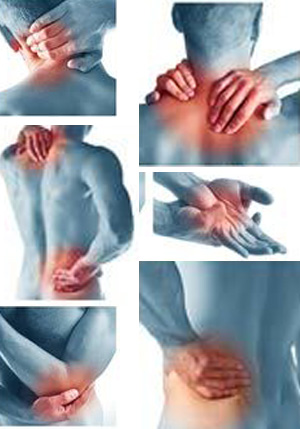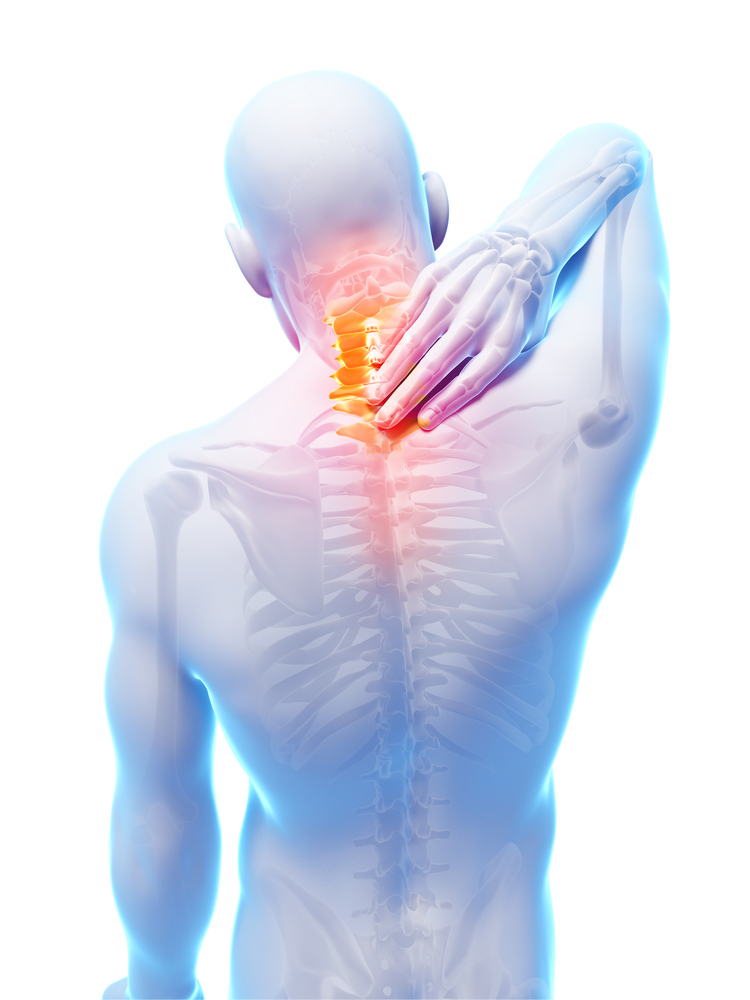Myofascial Pain Syndrome
Nearly everyone has experienced some sort of muscle tension pain. If this sort of pain becomes persistent, it is referred to Myofascial Pain Syndrome (MPS), which is a chronic pain disorder. It occurs due to inflammation of the body’s soft tissues.
MPS occurs after a muscle has been contracted repetitively. This condition affects the connective tissue covering the muscles, also known as fascial. In most cases, the area you experience pain is usually not the actual site of the injury. Pressure on trigger points in your muscles causes pain in seemingly unrelated parts of your body.

What are the symptoms to indicate you have Myofascial Pain Syndrome
If you have MPS, you are likely to show the following signs and symptoms;
- A deep pain in a muscle that persists and keeps getting worse.
- A tender knot in the muscle.
- In addition to this local pain, having this chronic condition can cause you to suffer from depression, fatigue & behavioral disturbances.
- In the advanced stages of Myofascial Pain Syndrome, it could develop into Fibromyalgia, which is a chronic condition that causes widespread body pain.
What are the causes of MPS
Like discussed above, Myofascial pain is resulting from a muscle injury or strain on a muscle group, ligament/tendon. It may also be due to repetitive motions as well as the lack of activity e.g. in the case of a broken arm in a sling.
Also, it is important to note that people with stress and anxiety are likely to develop trigger points in their muscles which may lead to pain.
The tests and diagnosis carried out by your doctor
Diagnosis of MPS involves identifying trigger points. They are determined by applying pressure to specified areas of your body. The doctor will apply gentle finger pressure to the painful area.
The doctor can distinguish two types of trigger points: A latent trigger point which is an inactive area capable of acting as a trigger point and an active trigger point which is an area with extreme tenderness lying within the skeletal muscle.
How to treat Myofascial Pain Syndrome
Treatment of MPS involves techniques using medication and non-drugs.
Your doctor may prescribe stronger pain relievers, or you just use over the counter pain relievers such as ibuprofen and naproxen sodium (Alexe). Others are available in patches which you can place on your skin to relieve pain.
Other than the use of medication you can ease the pain using non-drug treatments such as:
- Therapy – The physical therapy may involve gentle stretching exercises posture to training to relieve pain specifically on your neck, massage, and ultrasound.
- Trigger point injection – This involves injecting a numbing agent/ steroid into a trigger point & relieving pain in the process. A technique called dry needling can be used to help break up muscle tension.
- Another treatment referred to as stretch & spray may be used. It involves spraying your muscle and trigger point with a coolant & slowly stretching the muscle.
These forms of treatment obviously depend on the stage you are in. Some of the home remedies you can use to cope with the pain include; Exercises, try to relax and get enough sleep and avoid being stressed and finally eat healthy diets full of fruits and vegetables.

